Bau einer Fahrradweiche am Knotenpunkt Stadtbrücke
Construction of a cycle switch at the Stadtbrücke junction
Unknown author
DEU
near Dresden
Unknown author
Fetching images...
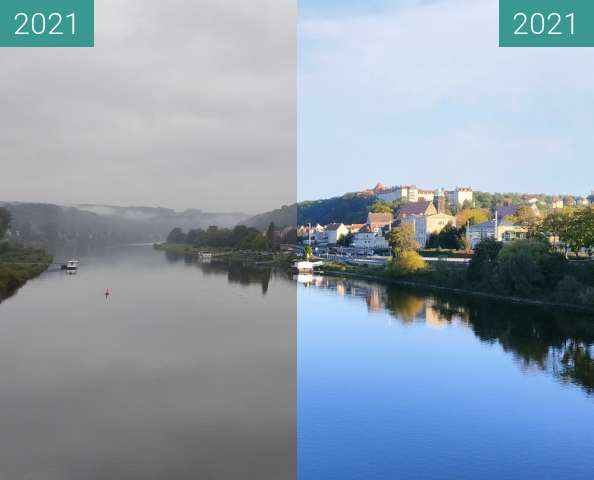
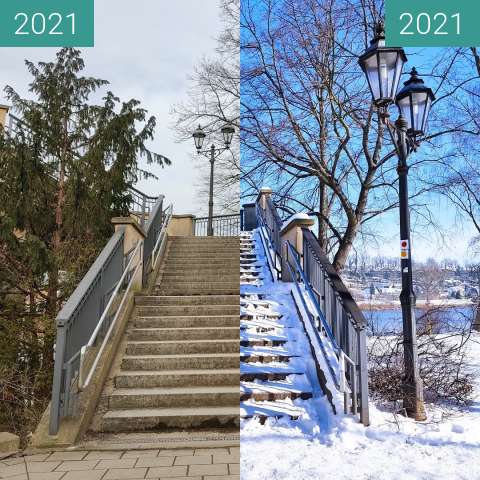
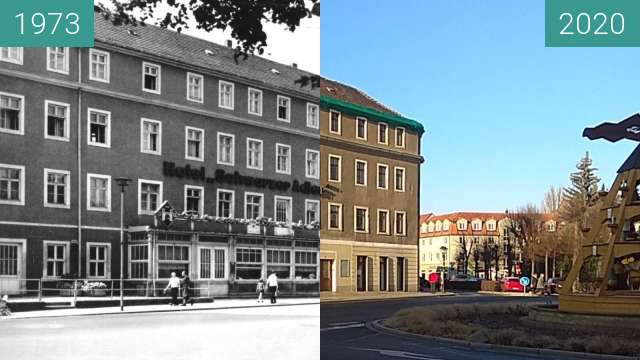
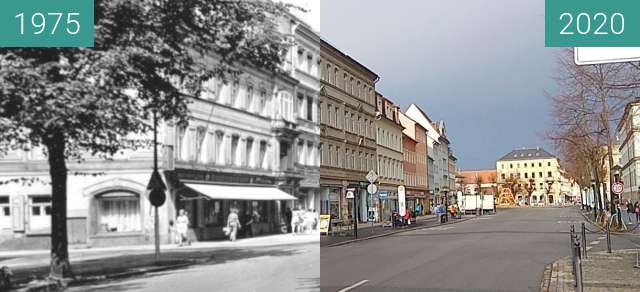
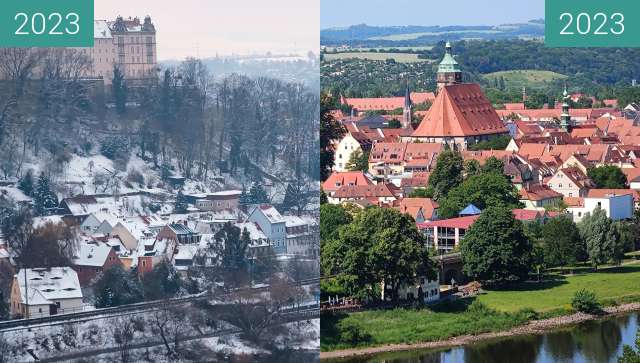
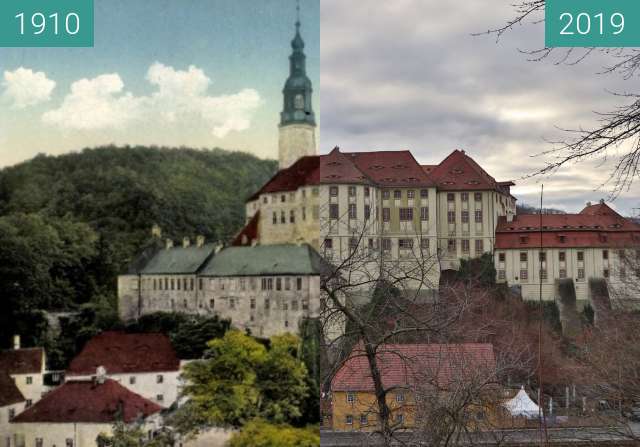
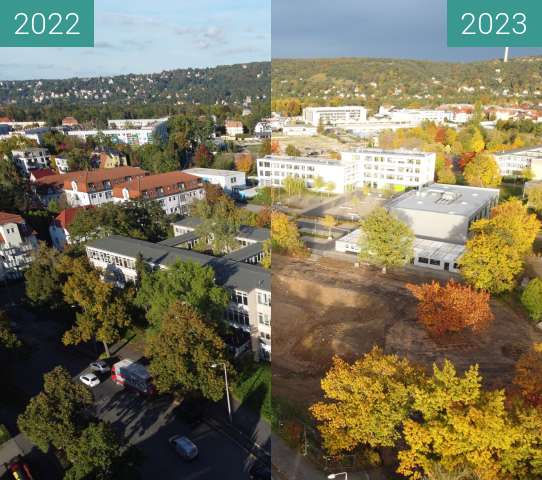
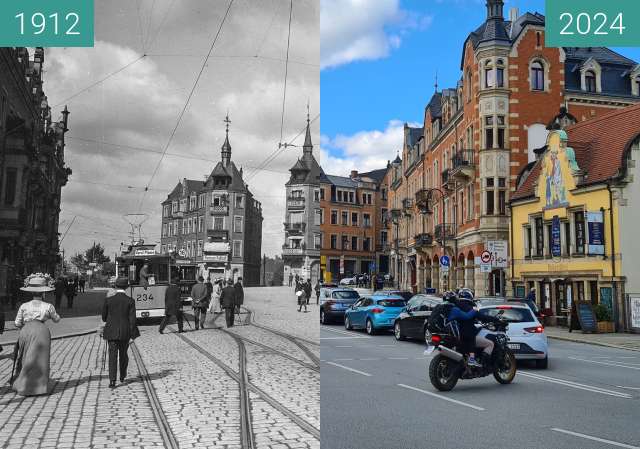
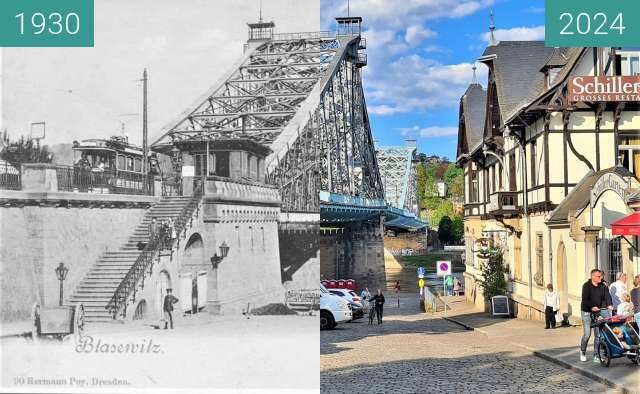
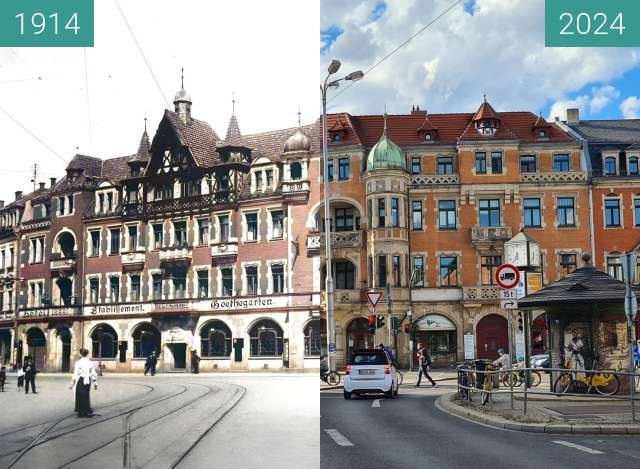
● 28.6.2022 | Alte Stadtbrücke | Bau einer Fahrradweiche auf der Copitzer Elbseite
Pirna will mit dem Bau einer Fahrradweise am Copitzer Brückenkopf der alten Stadtbrücke die Verkehrssicherheit - insbesondere für Radfahrer - verbessern. Lesen Sie hier alle Details zu dem Vorhaben.
Ab September dieses Jahres soll am Knotenpunkt Stadtbrücke/Hauptstraße/Fährstraße zur Verbesserung der Radverkehrssicherung eine Fahrradweiche gebaut werden. Der Bauauftrag wurde bereits erteilt. Die Maßnahme muss jedoch mit der Baumaßnahme der Stadtwerke auf der Fährstraße koordiniert werden, daher erfolgt der Bau im Sperrschatten dieser Maßnahme.
Der Planung und dem Bau ist eine Verkehrsuntersuchung vorausgegangen. Die Fahrradweiche ist eine der Maßnahmen, die als Ergebnis aus dieser Untersuchung hervorging.
● Ist-Situation
Derzeit fahren die Radfahrer aus Richtung Innenstadt kommend auf einem baulich angelegten Radweg und sind mittels Bord von der Fahrbahn getrennt. Unmittelbar vor dem Beginn des Kurvenradius wird der Radfahrer per Rampe auf das Fahrbahnniveau herabgeführt. Die Querung über die Fährstraße ist mit einer Furt markiert.
Der motorisierte Verkehr (MV) kann im Bestand durch den sehr großzügig gestalteten Kurvenbereich komfortabel nach rechts auf die Fährstraße abbiegen. Eine Geschwindigkeitsreduktion ist nur in geringem Maß erforderlich.
● Welche baulichen Veränderungen werden durchgeführt?
Mit dem Umbau wird der Radius auf das erforderliche Maß verkleinert, damit die Abbiegevorgänge mit geringeren Geschwindigkeiten stattfinden müssen. Ein Erkennen der auf dem Radweg ankommenden Radfahrer durch den Schulterblick wird somit wahrscheinlicher. Die Vorgabe der StVO, dass Fahrzeuge über 3,5 t innerorts in Bereichen, wo mit Radverkehr zu rechnen ist, mit Schrittgeschwindigkeit abbiegen müssen, wird damit baulich untersetzt.
Der rechts abbiegende Radverkehr wird durch die Einrichtung einer Fahrradweiche künftig bereits vor der Rampe von den geradeaus fahrenden Radfahrern getrennt. Die rechtsabbiegenden Radfahrer erhalten einen baulich hergestellten Radweg, der am Übergangspunkt vom Radius auf die gerade Strecke in einen Radfahrstreifen auf Fahrbahnniveau übergeht. Die Kurvenfahrt erfolgt somit geschützt und es kommt zu keinem Konflikt zwischen rechtsabbiegendem Radfahrer und dem MV.
Um diese Lösungen zu erhalten, muss die Mittelinsel auf der Fährstraße verkleinert werden. Die verbleibende Aufstelllänge zur Querung beträgt zwischen ca. 1,8 m und 2,9 m, was für den Fußverkehr ausreichend ist. Bei der Bemessung des Restfahrbahnbereiches im Kurvenbereich wurde die Hüllkurve eines Linienbusses zugrunde gelegt. Der Gehweg auf der Fährstraße wird um etwa 1 m in die Grünfläche verschoben und erhält eine Breite von 2 m. Der Lichtmast wird versetzt.
Als weitere Maßnahme aus der Verkehrsuntersuchung wird auf der Mittelinsel ein Schutzblinker installiert, um die Aufmerksamkeit der Fahrzeugführer auf den querenden Rad- und Fußverkehr zu lenken.
● Ziel | Erhöhung der Verkehrssicherheit
Mit der beschriebenen Lösung wird die Verkehrssicherheit an der stark frequentierten Radroute für Radfahrer deutlich erhöht. Die bereits angeordnete Geschwindigkeitsreduktion auf 30 km/h wird baulich gestützt. Für den MV und für Fußgänger wird deutlich, ob der ankommende Radfahrer geradeaus fährt oder rechts abbiegt. Der rechtsabbiegende Radfahrer erhält einen größeren Kurvenradius, was zu einer Entschärfung der anspruchsvollen Kurvenfahrt führt. Durch den Wegfall der Rampenfahrt wird auch die Geschwindigkeit des rechtsabbiegenden Radfahrers verringert. Das Risiko von Unfällen ohne Beteiligung Dritter wird für den Radfahrer geringer.
● Kosten
Die Baukosten betragen ca. 87.000 Euro. Die Maßnahme wird zu 90% über das Programm kommunaler Straßen- und Brückenbau in Verbindung mit dem Sonderprogramm Stadt und Land gefördert.
● 28.6.2022 | Old City Bridge | Construction of a bicycle switch on the Copitz side of the Elbe
Pirna wants to improve traffic safety - especially for cyclists - with the construction of a bicycle lane at the Copitz bridge head of the old city bridge. Read all the details about the project here.
From September of this year, a bicycle switch is to be built at the Stadtbrücke/Hauptstraße/Fehrstraße junction to improve bicycle traffic safety. The construction contract has already been awarded. However, the measure must be coordinated with the construction work of the public utility company on Fährstraße, so the construction is taking place in the shadow of this measure.
Planning and construction was preceded by a traffic study. The bicycle switch is one of the measures that emerged as a result of this study.
● Current situation
Cyclists coming from the city center are currently riding on a built cycle path and are separated from the road by a board. Immediately before the start of the curve radius, the cyclist is brought down to road level via a ramp. The crossing over the ferry road is marked with a ford.
Motorized traffic (MV) can easily turn right onto Fährstraße in the existing building thanks to the very generously designed curve area. A speed reduction is only necessary to a small extent.
● What structural changes will be made?
With the conversion, the radius is reduced to the required level so that the turning processes have to take place at lower speeds. It is therefore more likely that cyclists arriving on the cycle path will be recognized by looking over their shoulders. The StVO specification that vehicles over 3.5 t must turn at walking speed in urban areas where bicycle traffic is to be expected is thus structurally supported.
Bicycle traffic turning right will in future be separated from cyclists traveling straight ahead by installing a bicycle switch before the ramp. Cyclists turning right are given a structurally created cycle path that changes into a cycle lane at roadway level at the transition point from the radius to the straight stretch. Cornering is therefore protected and there is no conflict between a cyclist turning right and the MV.
In order to get these solutions, the center island on the ferry road has to be reduced. The remaining installation length for the crossing is between approx. 1.8 m and 2.9 m, which is sufficient for foot traffic. When measuring the remaining lane area in the curve area, the envelope curve of a regular-service bus was taken as a basis. The sidewalk on the Fährstraße will be moved about 1 m into the green area and will be 2 m wide. The light pole will be moved.
As a further measure from the traffic study, a protective flasher will be installed on the central island to draw the driver's attention to the crossing cyclists and pedestrians.
● Target | Increase in road safety
With the solution described, traffic safety on the heavily frequented cycle route is significantly increased for cyclists. The speed reduction to 30 km/h that has already been ordered will be structurally supported. For the MV and for pedestrians, it becomes clear whether the oncoming cyclist is driving straight ahead or turning right. The cyclist turning right gets a larger curve radius, which reduces the need for demanding cornering. By eliminating the ramp ride, the speed of the cyclist turning right is also reduced. The risk of accidents without the involvement of third parties is reduced for the cyclist.
● costs
The construction costs are around 87,000 euros. 90% of the measure is funded by the municipal road and bridge construction program in connection with the special program for town and country.